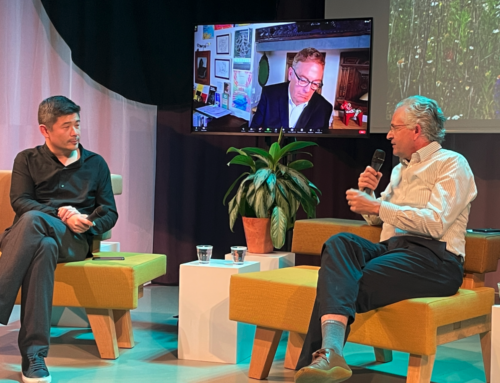Science tells us birds sing to attract mates and defend territories. But why do some birds make only a “peep” and others sing ornate songs that go on for hours? An intriguing event in New York on 16 April brings scientists together with musicians and poets to explore how different approaches have explored and made sense of bird song. David Rothenberg, a philosopher and musician, who has just published book WHY BIRDS SING (Basic Books), will host the event and present live examples of music he’s made live with actual birds, from the white-crested laughing thrush in the National Aviary to the Albert’s lyrebird in Australian rainforests. David’s guests include Don Kroodsma, who is among the most accomplished field biologists working on the intricacies of bird song; Ofer Tchernichovski, who has recorded every single sound a baby zebra finch makes during the two months he takes to learn his song, and then analyzed all this data using custom computer software; Alan Vardy, the leading expert on the poetry of John Clare, the British Romantic nineteenth century poet who best understood the rhythm and sense of the song of the nightingale; and biology professor Fredric Vencl,who wrote the only scientific paper published on the song of the white-crested laughing thrush.

